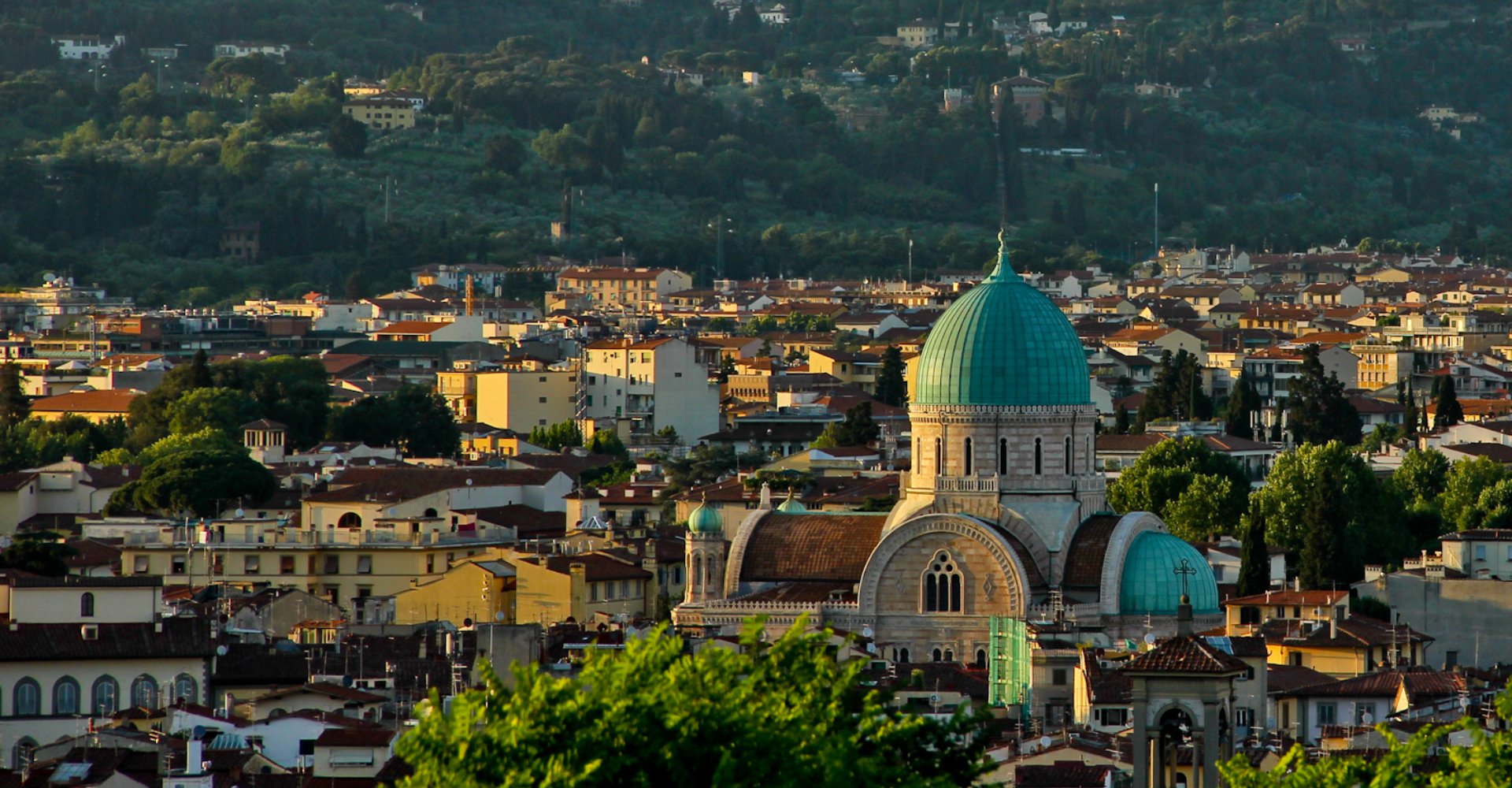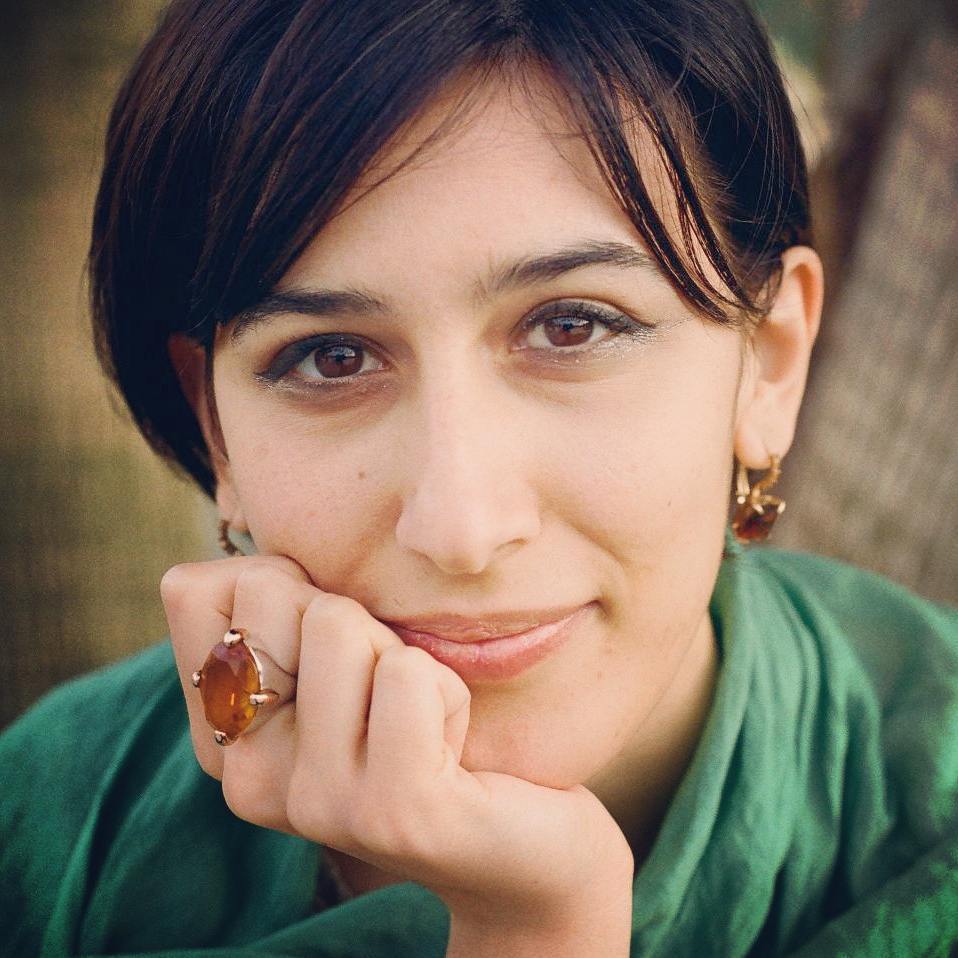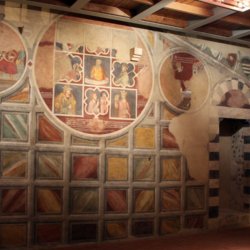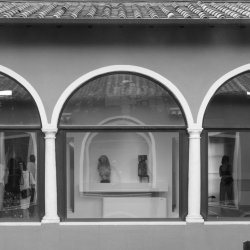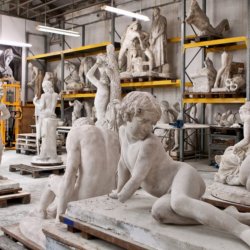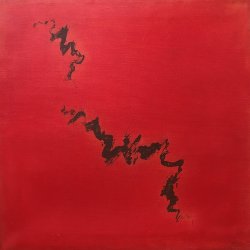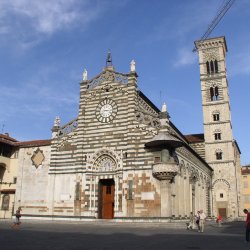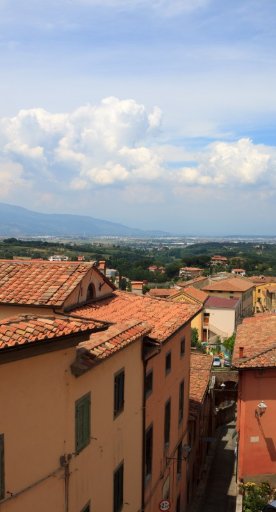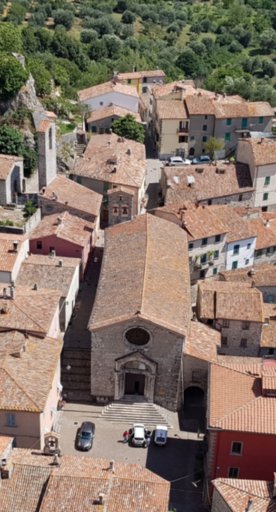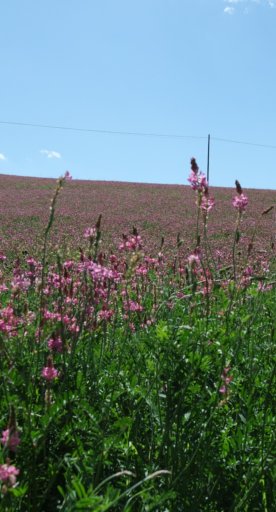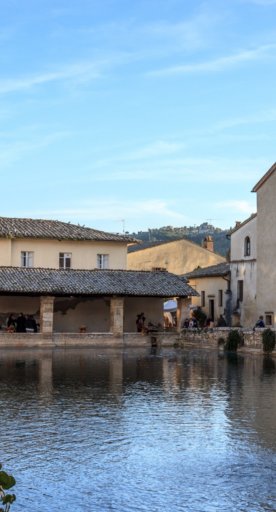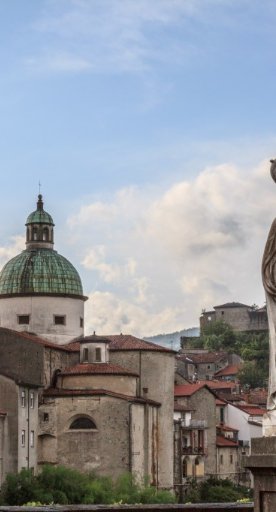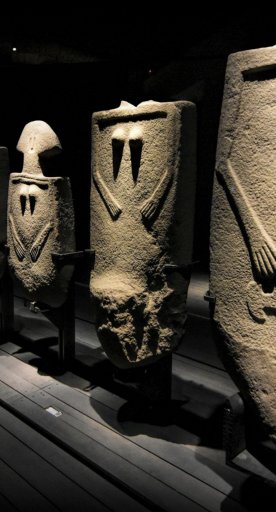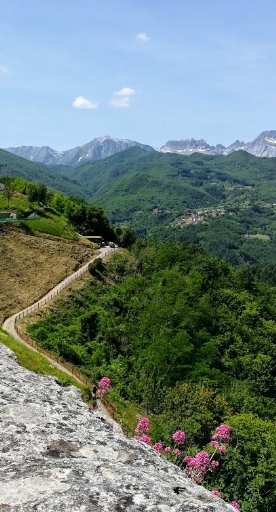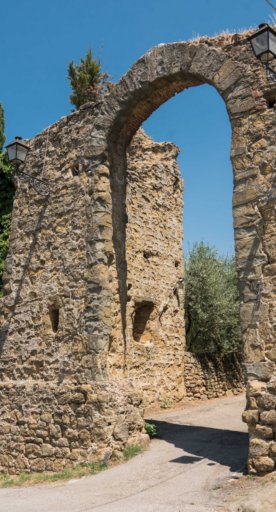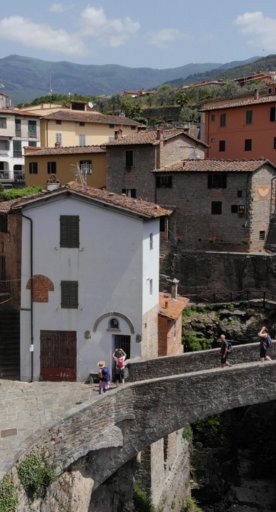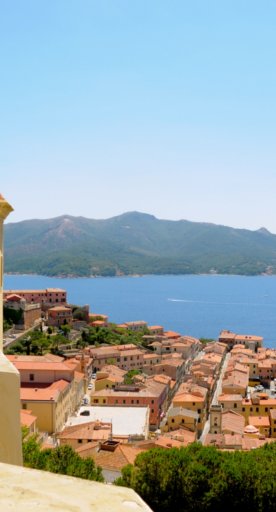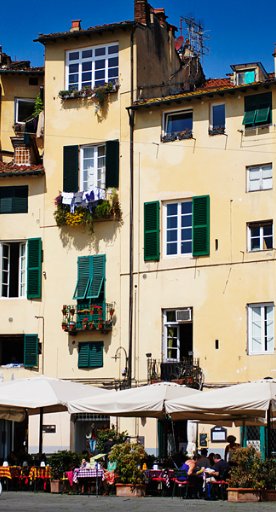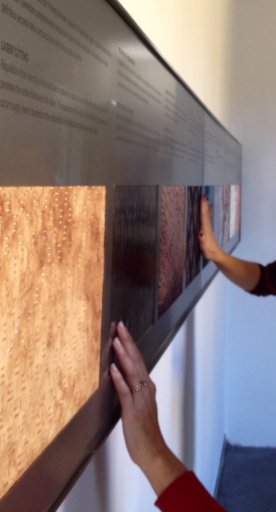Art and history of the Jewish community in Tuscany
A journey to discover the presence of Jews in Tuscany, fostered by the spread of lending banks and the Livornina law, up to the establishment of ghettos and the racial laws
The Jewish presence in Tuscany is very ancient and has been documented since the early medieval age. Even before the Medici period, we find attestations of Jewish bankers and, later, also Jewish doctors and apothecaries domiciled in Florence, a city that historically represents one of the main places of aggregation.
Let’s take a journey through the troubled history of the Jewish presence in Tuscany, at times favored and at times opposed by the Medici.
-
1.Florence
-
2.Siena
-
3.Livorno (Leghorn)
-
4.Pisa
-
5.Pitigliano and Sorano
-
6.Prato: the museum of deportation
Florence
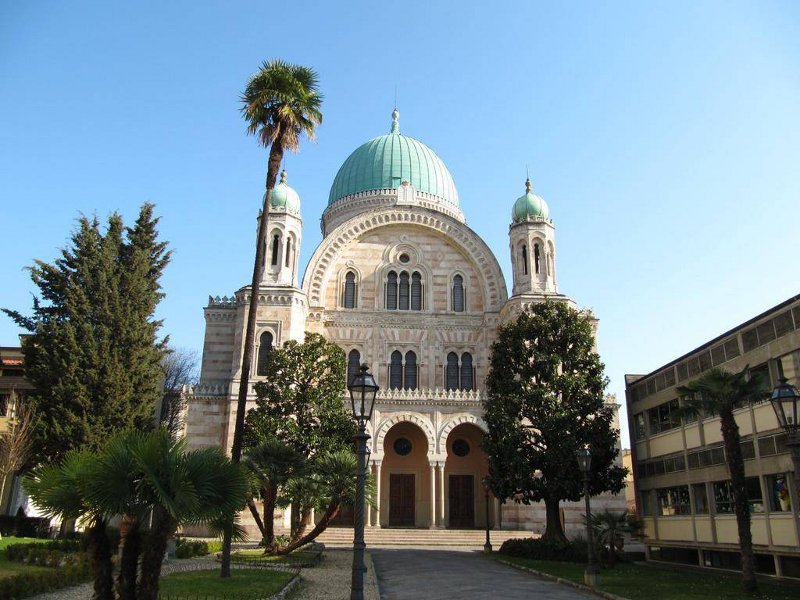
The importance of the Jewish community grew with the rise of the lending banks granted by Cosimo the Elder. The opening of the banks was accompanied by the relocation to Florence of numerous money lenders, together with their families. They resided, in particular, across the Arno, in the neighborhood of Santo Spirito, and in the vicinity of Ponte Vecchio. At that time Jews were required to display a distinctive yellow sign.
After the death of Lorenzo de' Medici, intolerance and hostility toward Jews intensified. In the late 1400s a Monte di Pietà was established and Jewish banks were closed with orders to expel the Jews, but because this institution failed to meet the demands of the population, lenders were often readmitted and their banks reopened, intermittently and according to the needs of the Duchy.
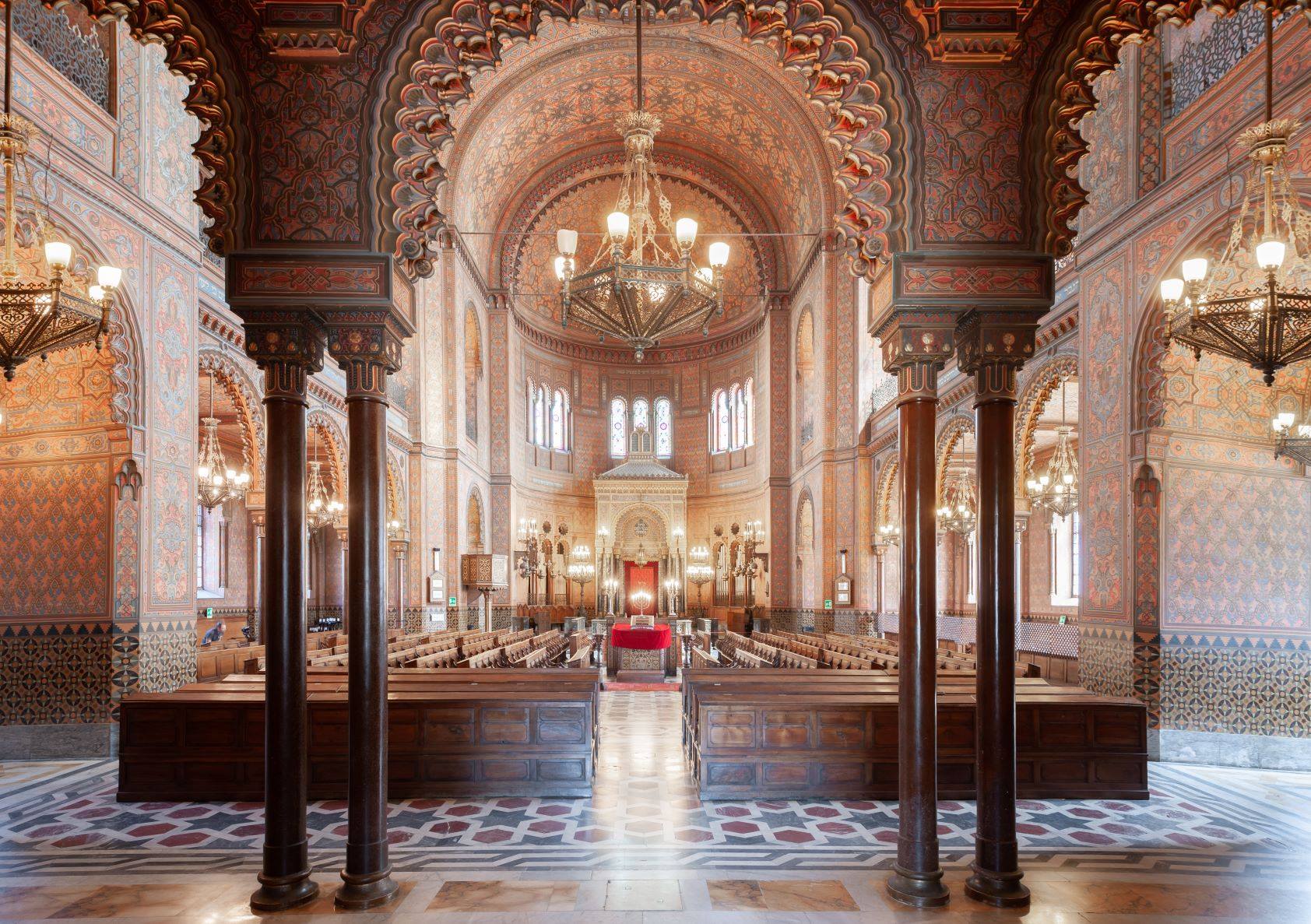
Despite Cosimo I de' Medici protecting Jews from the Inquisition, it was under his command that ghettoization began, with ever-increasing pressure from the papacy. His siding against Jews and heretics decisively favored his coronation as Grand Duke of Tuscany by Pope Pius V.
The ghetto of Florence stood in the quadrangle that today includes Piazza della Repubblica, Via Roma, Via dei Pecori and Via Brunelleschi. Cosimo I de' Medici commissioned Bernardo Buontalenti to reorganize the urban spaces, closing alleys and erecting walls with only two gates that were shut at night and from which no one could leave. Only a few wealthy lender families were granted the privilege of continuing to live outside the ghetto. The ghettos of Florence and Siena housed almost all the Jews of Tuscany; the others were expelled.
In 1848, with emancipation, forced residence was abolished, and most Jewish families of better status moved elsewhere, especially to the new Mattonaia neighborhood, where the new Synagogue or Israelite Temple was built. Today nothing remains of the ghetto, not even in toponymy.
In Florence, it is possible to visit both the Synagogue with its Jewish museum - which displays photographs, ceremonial objects and a plastic reconstruction of the ghetto - and the monumental Jewish cemetery at Viale Ariosto, just outside the walls. That cemetery remained in service until 1870, when a new one was opened in the Rifredi area.
Siena
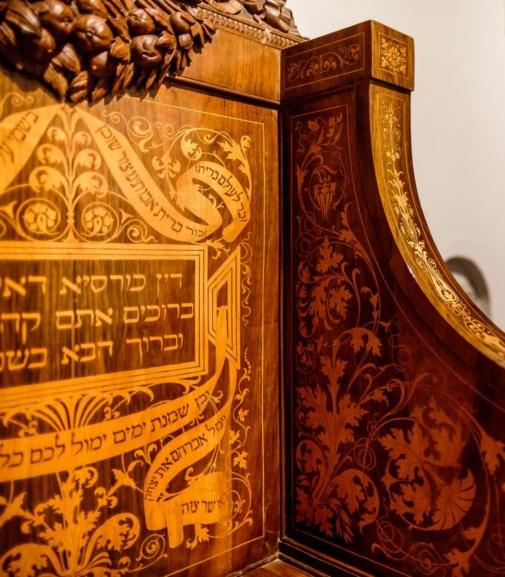
The ghetto of Siena was established by Cosimo I de' Medici in 1571, a year after that of Florence. It corresponded to a city within a city, behind Piazza del Campo, between Via del Salicotto and Via San Martino, and cut by parallel alleys and streets. Despite the limitations and heavy restrictions, the Jewish community of Siena expanded to 400 members and its efforts contributed significantly to the economic and cultural growth of the city.
In 1799 the French occupying Siena recognized Jews as full citizens but this sparked a violent revolt that resulted in the partial destruction of the ghetto and the killing of 19 Jews, many of whom were burned alive in Piazza del Campo. A plaque commemorates this tragic event that marked the beginning of the decline of the Jewish community's presence in Siena.
Via delle Scotte No. 14 is still home to the Synagogue, and vicolo del Luparello was home to schools and various confraternities. The Synagogue was inaugurated in 1786 and is still the center of worship for the local community, as well as being among the few examples of Rococo and Neoclassicism in Tuscany.
At Via degli Archi was the ghetto fountain, probably a work by Jacopo della Quercia, now kept in the Municipal Museum. Some areas are still recognizable, but much of the area was renovated with the urban renewal that took place in 1935.
Livorno (Leghorn)
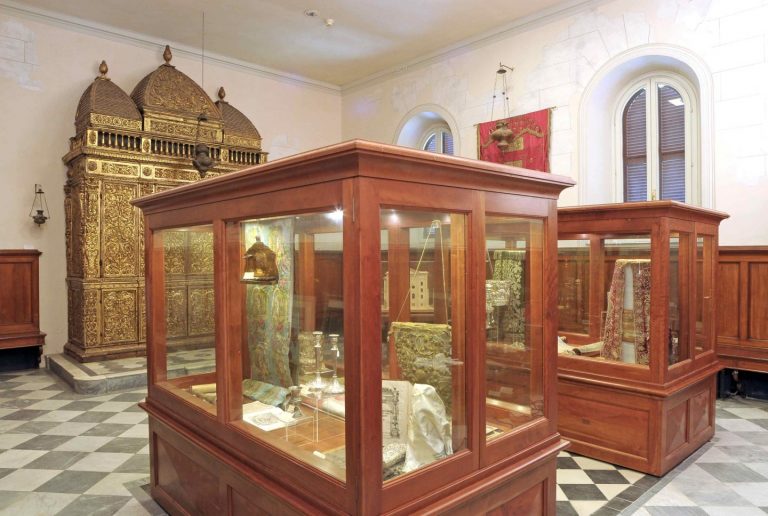
If we move to the Tuscan coast, places such as Livorno and Pisa were positively affected by the presence of Jews in business and manufacturing.
In the 16th century the Livornina law was established with the aim of increasing trade in the nascent port of Livorno. This law, written by Ferdinand I de' Medici, favored the establishment of Jewish communities in the Labronian city as it granted Jews, at that time persecuted throughout the territories subjected to Spain, the freedom to practice their worship. Thus it was that the city began to host a large Jewish community that set up various businesses, including in crafts with coral manufacturing.
Both the monumental cemetery and the Jewish Museum, housed inside a building used as a place of worship after World War II, can be visited in Livorno by appointment. A series of bombings, in fact, destroyed the important Synagogue that overlooked Via Grande. The museum still keeps precious objects that graced the Synagogue and came to Livorno through trade with Venice, Holland, and North Africa. Unfortunately, the oldest and most prestigious pieces have been lost, but some of those that remain show very fine workmanship.
As a result of the racial laws, there were more than a hundred Jews from Livorno who were deported, handed over to the Nazis denounced by Italian fascists or on the basis of lists drawn up by the Questura (Police Headquarters). Very few, less than ten, survived the Holocaust.
Today a new Synagogue dating from the 1960s stands on the remains of the one demolished during World War II.
Pisa
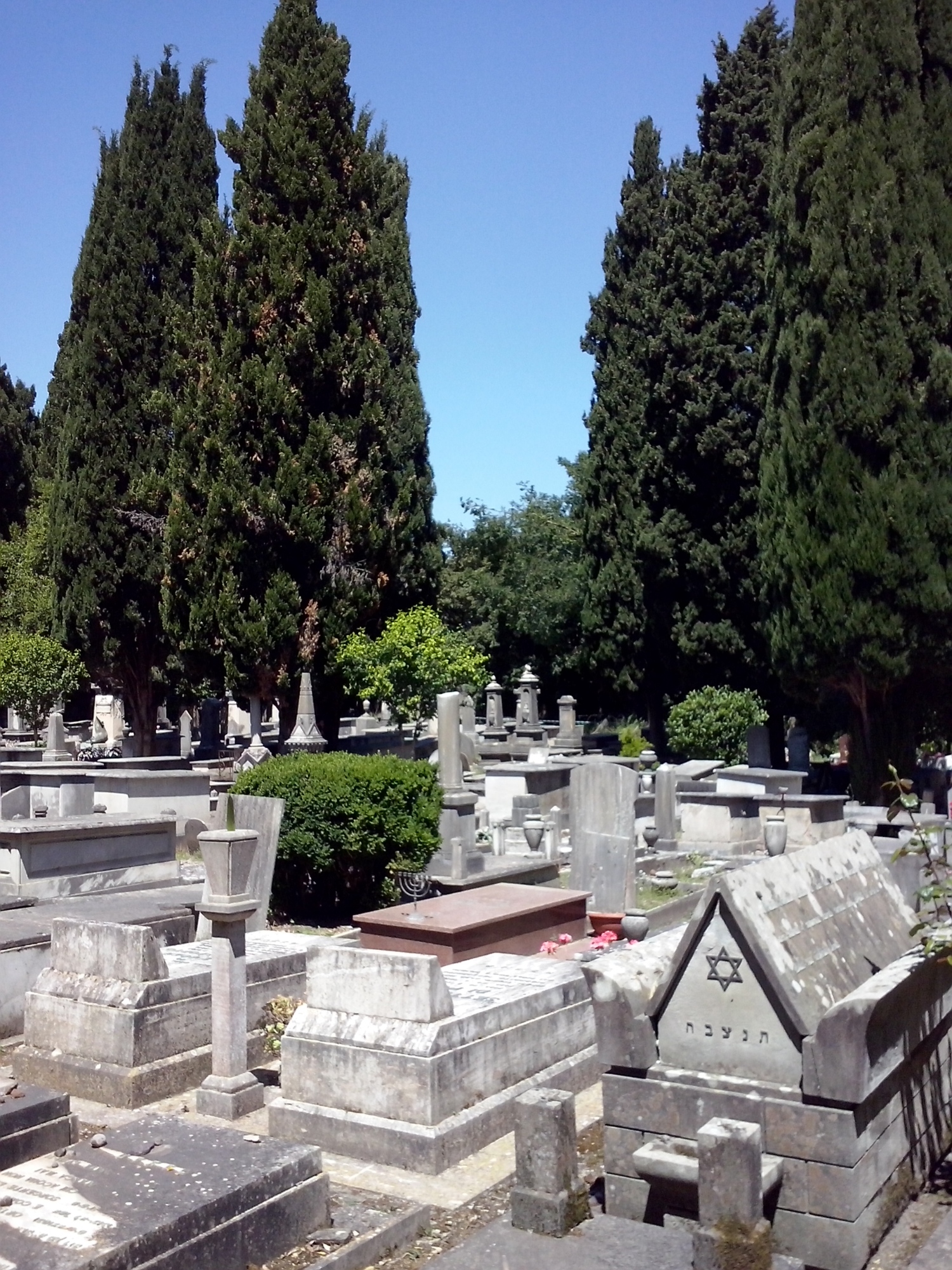
The Livornine laws granted considerable privileges Jews who intended to move to Livorno but also to Pisa. Religious, personal and commercial freedoms attracted a wave of immigrants to the two centers concerned, comprising not only of merchants but also manufacturers, especially from the textile industry. Five hundred Jews are attested in Pisa in 1615, a number later halved due to the plague and growing considerably between the 18th and 19th centuries.
Places in Pisa associated with Jewish history are today's Piazza dei Cavalieri, where at one time there probably stood a Synagogue, and the Palazzo da Scorno, on the Lungarno Galilei, used as a place of worship.
Today's Synagogue has been home to the Jewish community since the late 16th century.
The present Jewish cemetery, visible from the medieval walls that line Piazza del Duomo, has been active since 1674 and was preceded by three other cemeteries of which only a few epigraphic traces remain on the walls.
Pitigliano and Sorano
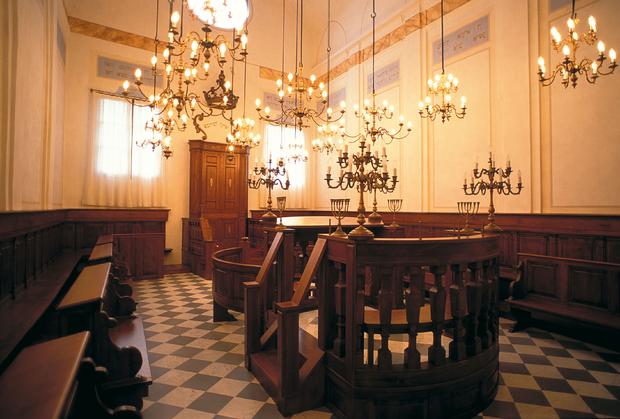
In feudal times, the Jewish community took refuge in Pitigliano, occupying the southern part of the town, today's Via Zuccarelli, where in 1622 the ghetto with the Synagogue, stores and artisan workshops was located.
Numerous families driven out of the Papal States were allowed inside the county of Pitigliano and Sorano, dominated by the Orsini family.
After a long ghettoization under the Medici family (more than a hundred years), it was the Lorraine family who brought a wind of change: new laws allowed Jews to trade and established their equality with other subjects, laying the groundwork for an economic revival and integration among the inhabitants. Here as elsewhere, the 19th century was the golden age, many moving to Livorno in search of greater fortune. Then Nazi-Fascist deportation reduced to zero the community.
Today in Pitigliano you can visit the heart of the so-called Little Jerusalem of the Maremma, comprising the ghetto, the unleavened bread oven, the ancient cemetery and also the Museum of Jewish Culture, housed in the building that was the first place of Jewish worship and study. In 1598 above it was built the present Synagogue, damaged by the collapse of a tuffaceous rock in the 1960s and restored in the 1990s.
Sorano was also home to an important community. You can walk through the streets of what was the old Jewish quarter and see the only remaining evidence, namely the ghetto gatehouse.
In the Maremma around Grosseto you can taste the sfratto, typical of Pitigliano and Sorano: this is a traditional Jewish dessert made with nuts and honey.
Prato: the museum of deportation
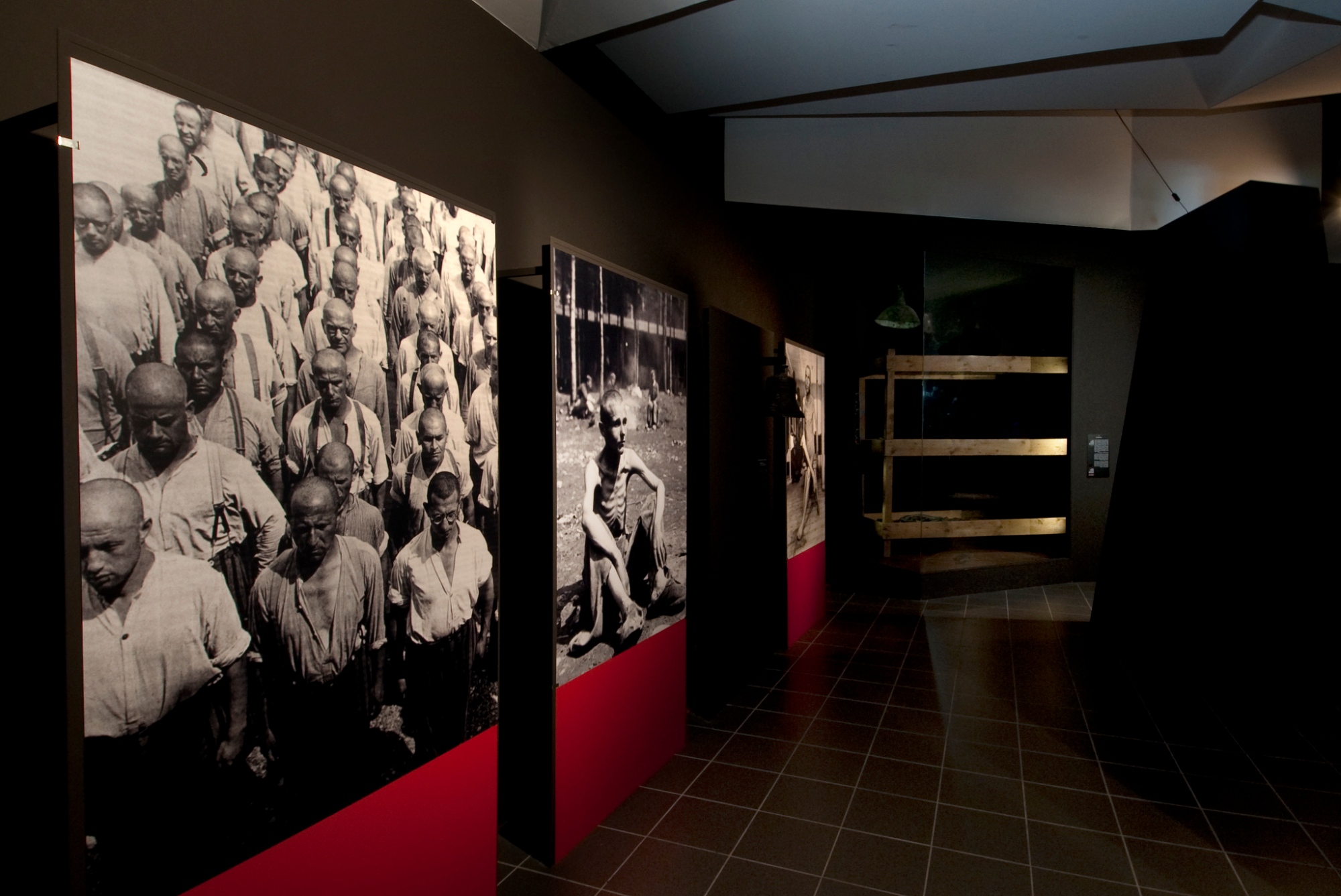
The Prato Museum of Deportation is located in Figline di Prato, the site where the Nazis hanged 29 partisans of the Bogardo Buricchi brigade on 6 September 1944. The museum tour allows visitors to take a symbolic journey into a lager through photographic material and objects that were used in Nazi concentration camps.
In cities such as Florence, Lucca and Pistoia, nearly 700 Jews were persecuted and arrested. Hundreds were deported to concentration camps mainly as a result of denunciations and collaborations with the Carabinieri. Fortunately, many Jews saved themselves by hiding, fleeing to southern Tuscany or Switzerland (source: museodelladeportazione.it).
27 January is the Holocaust Remembrance Day, and Tuscany heartily participates in this international anniversary every year with events with the aim to not forget the victims of the Holocaust.
Start your discovery

